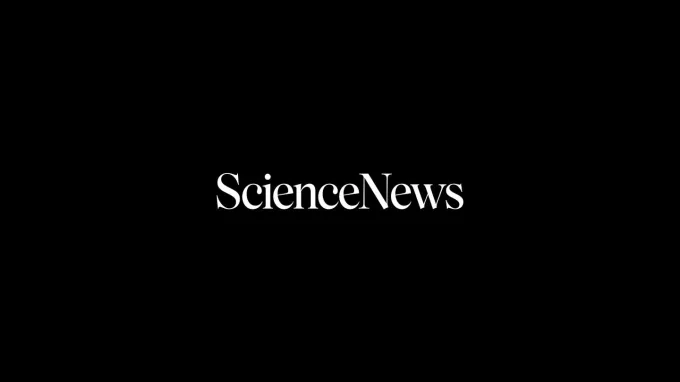Science News Magazine: Current Issue
Vol. 157 No. #21
Trustworthy journalism comes at a price.
Scientists and journalists share a core belief in questioning, observing and verifying to reach the truth. Science News reports on crucial research and discovery across science disciplines. We need your financial support to make it happen – every contribution makes a difference.
More Stories from the May 20, 2000 issue
-

Grade-Schoolers Grow into Sleep Loss
By the sixth grade, many middle-class children may experience substantial sleep deprivation that has the potential to interfere with their ability to learn and pay attention.
By Bruce Bower -
 Earth
EarthPrescribed fire burns out of control
A fire set by the National Park Service to clear underbrush burned out of control, consuming more than 44,000 acres around Los Alamos, N.M.
-
 Astronomy
AstronomyAstronomers rediscover long-lost asteroid
After 89 years of playing a cosmic version of Where's Waldo?, astronomers have located a long-lost asteroid named Albert.
By Ron Cowen -
 Health & Medicine
Health & MedicineDrug combination may fight breast cancer
Retinoic acid, when combined with a drug that reverses a process called methylation in breast tumor cells, may awaken a key cancer-fighting gene.
By Nathan Seppa -
 Health & Medicine
Health & MedicineTwo studies offer some cell-phone cautions
A British review of research gave cell-phone safety a guarded endorsement, while new findings indicate that radiation from older cell phones can trigger a stress-response gene, at least in animals.
By Janet Raloff -

Bdelloids: No sex for over 40 million years
Researchers find the strongest evidence yet for creatures that have evolved asexually for millions of years.
By Susan Milius -
 Humans
HumansMotor City hosts top science fair winners
The 2000 Intel International Science and Engineering Fair winners were announced in Detroit.
By John Travis -
 Astronomy
AstronomyGalaxies shine light on dark matter
Using a cosmic mirage known as gravitational lensing, astronomers have developed detailed maps of the distribution of dark matter, the invisible material believed to make up 90 percent of the mass of the universe.
By Ron Cowen -
 Astronomy
AstronomyNew views of Jovian moons
The Galileo spacecraft has taken the highest-resolution images ever recorded of three of Jupiter's small, innermost moons.
By Ron Cowen -
 Health & Medicine
Health & MedicineWaiting to exhale
A breath test that measures the activity of an enzyme involved in breaking down drugs in a person's body may help doctors minimize side effects from potent drugs such as docetaxel.
-
 Health & Medicine
Health & MedicineNervous tics in the heart
The irregular heartbeats sometimes triggered after a heart attack may be caused by abnormal nerve growth in heart tissue damaged by the attack.
-
 Physics
PhysicsElectron cycling in quantum confines
A lone electron zips around in the tightest circle allowed by quantum mechanics in an extraordinarily small, frigid cyclotron, potentially allowing scientists to nail down some fundamental constants of physics more precisely than ever before.
By Peter Weiss -
 Physics
PhysicsLaser links segue to chemical bonds
Light can knit matter together until other bonds take over, providing a potentially useful approach to building nanometer-scale structures and materials.
By Peter Weiss -

Red Snow, Green Snow
It's truly spring when those last white drifts go technicolor as algae bloom in the snow.
By Susan Milius -
 Earth
EarthHunting Prehistoric Hurricanes
Storm-tossed sand offers a record of ancient cyclones.
By John Travis
